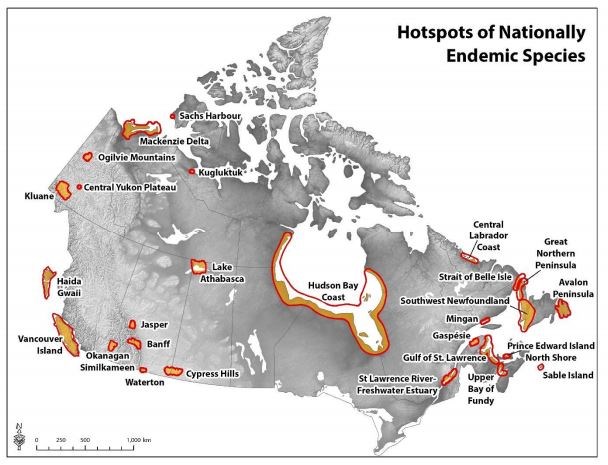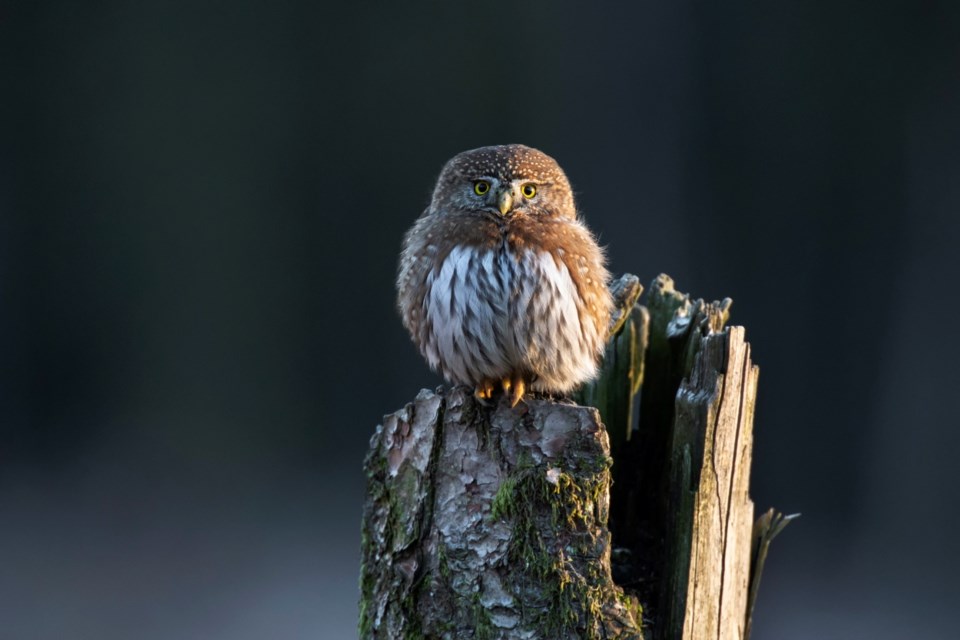The Nature Conservancy of Canada (NCC) and NatureServe Canada have released a new report identifying over 300 plant and animals species that exist only in Canada – two of which can be found around Richmond.
Of the total 308 species identified in the report, 105 are found in B.C. – the highest concentration in Canada, representing over one-third of the total identified species.
While the report identifies birds such as the Pacific Steller’s jay and whooping crane; mammals such as the eastern wolf and Peary caribou; and fish such as the Atlantic whitefish and Vancouver lamprey, over 80 per cent of the country’s endemic species – species that are uniquely Canadian – are insects and plants.
Both the NCC and NatureServe Canada hope the report will help Canada prioritize conservation efforts.
The report – titled “Ours to Save” – states that most of the country’s endemic species could be vulnerable to extinction, and that only ten per cent of the endemic species are considered “globally secure.” Eight species are confirmed to be extinct “or have not been documented for decades."
“Due to the sensitive nature of endemic species being unique with limited populations restricted to certain areas, many are considered at risk,” said Virginia Hudson, NCC's manager of conservation planning and stewardship in the B.C. region.
One of those vulnerable species, which can be found around Richmond, is the Vancouver Northern Pygmy-Owl. It’s a species found only in B.C., and relies on mature forests and nests in vacant woodpecker holes, said Hudson.
“(That means) it requires older intact forests that have complex structural features for its habitat,” she said.
Hooker’s Bugseed – a flowering plant – can be also be found around Richmond, said Hudson, as well as across the country, one of the species considered secure from a conservation standpoint. It's found in sandy soils and is considered "common to rare" in some areas of B.C.
However, Hudson said, there may be more endemic species in Richmond, but “in order to protect them there is confidentiality related to their locations.”

The report also identifies a number of “hot spots” across Canada, which have high concentrations of endemic species. Provinces with highest number of endemic plants and animals are B.C., Alberta, the Yukon, and Quebec.
In B.C., those hot spots are largely found on Haida Gwaii and Vancouver Island, said Hudson.
“(This is because) portions of these islands were thought to be ice-free during the last glacial period,” she said, explaining the islands served as “glacial refugia” for species.
“This history paired with the islands being physically removed from the continent has provided ideal conditions for the evolution of endemic species in these locations.”
The NCC is a non-profit organization, with the goal of protecting natural areas and the species they contain.
The organization partnered with NatureServe Canada – part of an international network that collects and distributes conservation data – to conduct the study.
The agencies came up with a preliminary list of species that were found in Canada, refining it by checking all the species in global biodiversity databases to ensure they didn’t also exist, for example, in the US, and consulted with experts across the country.



